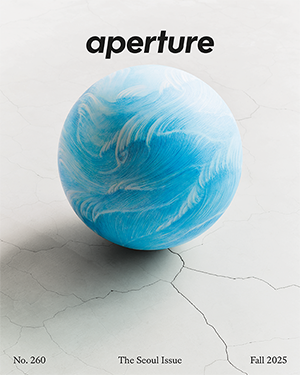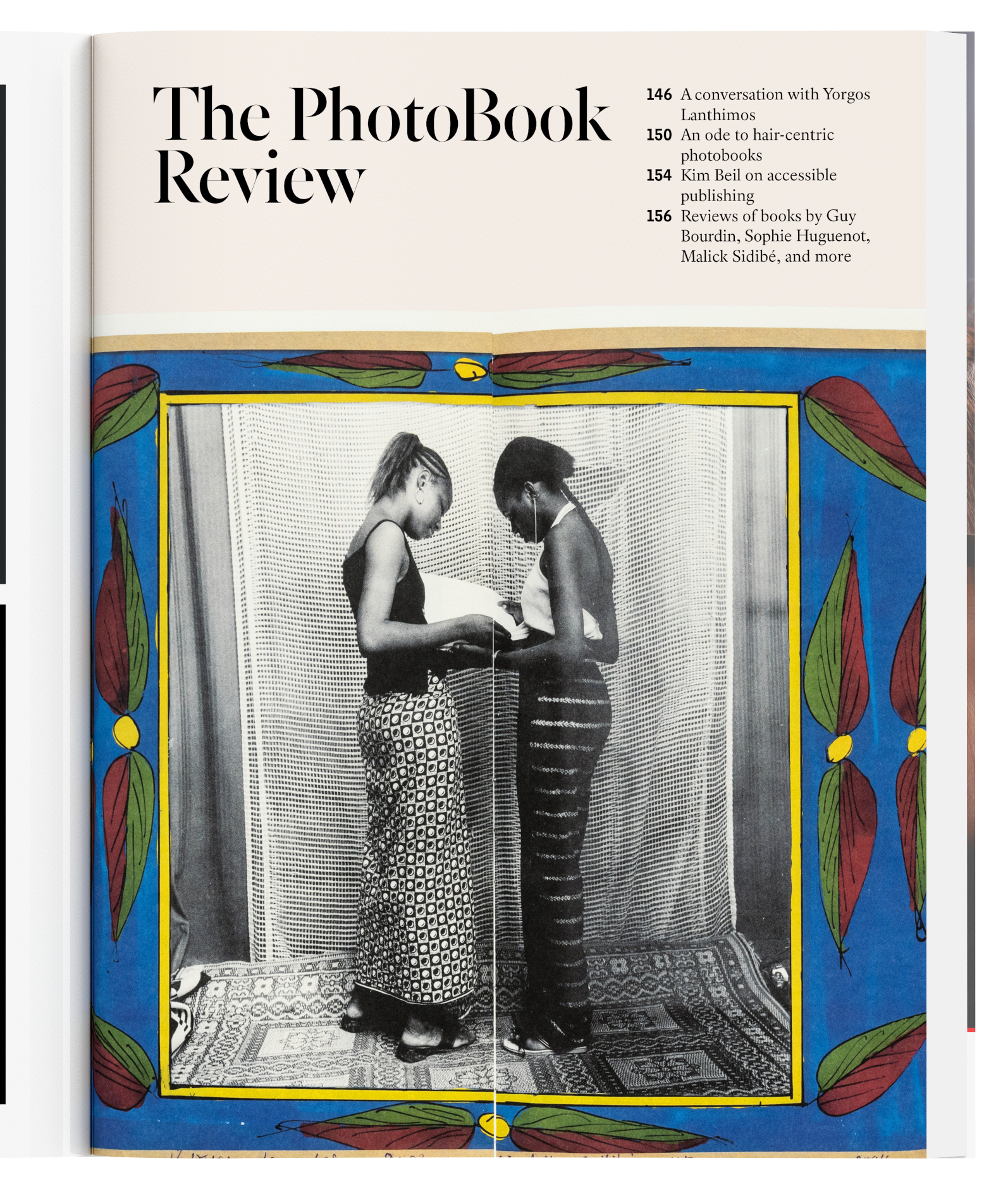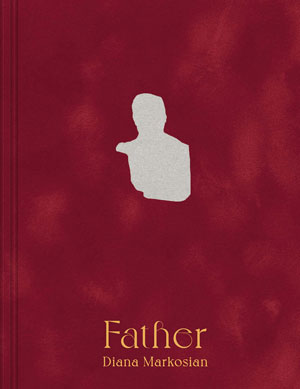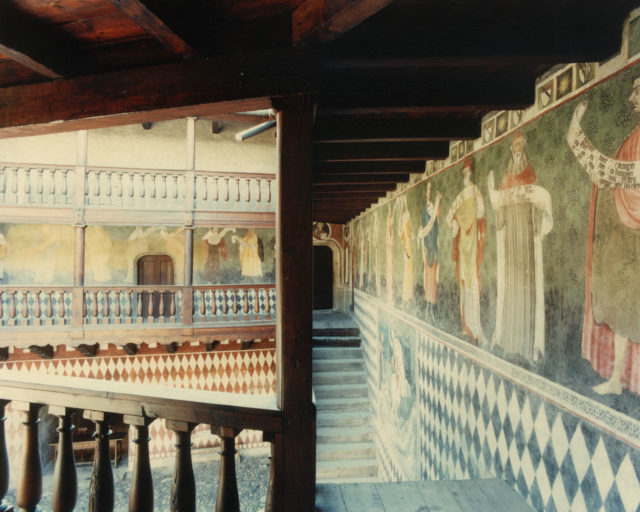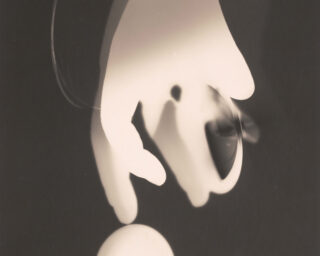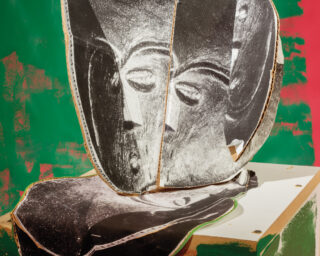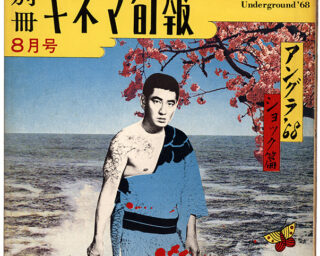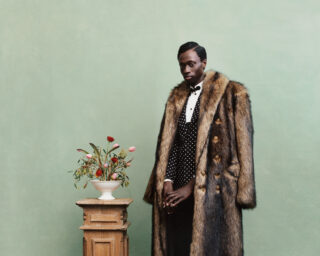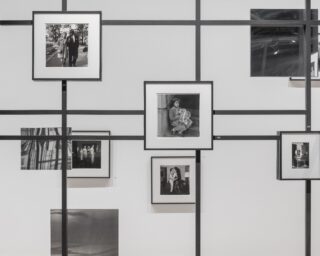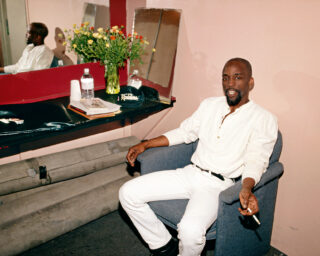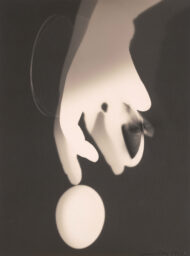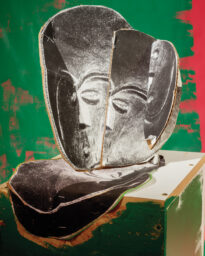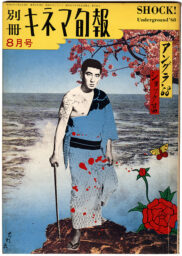At the 2014 FotoFocus Biennial
Many buildings in downtown Cincinnati, a bastion of weathered 19th-century architecture, are covered with trompe l’oeil paintings. This provided an apt backdrop for a festival of photography, especially one anchored by an exhibition of the Swiss duo Taio Onarato and Nico Krebs, whose playful mixed-media works play with photographic illusion, perception, and tropes of the American road trip. This second edition of FotoFocus, a biennial founded by photographer and avid photography enthusiast, Thomas Schiff, was organized by New York–based independent curator Kevin Moore, and took a non-thematic approach to offer a broad range of photography throughout the city.
Vacant storefronts were rented by the Biennial, held from October 8 to November 1, and renovated—or as in Moore’s words “white-cubed”—then transformed into clean exhibition spaces. David Benjamin Sherry, an LA–based photographer, uses a view camera to photograph iconic vistas in the Western landscape, which are then output in intense, psychedelic color (achieved in an analog darkroom). These images were displayed alongside his key references: well-known images by modernist American photographers from Edward Weston to Frederick Sommer to Minor White. Just down the street, a Vivian Maier exhibition had been staged in another quaint storefront. By now Maier’s story is as famous, if not more so, than her images: working in obscurity during her lifetime, she was employed as a nanny in Chicago while actively producing a remarkable body of photographic work. Her work came to widespread recognition around 2007 and is currently embroiled in a legal dispute regarding who holds the rights to her photographs, now posthumously printed, editioned, and sold. (Maier was also the subject of this year’s popular documentary film Finding Vivian Maier.)
Two conversant exhibitions, “Screenings” at Michael Lowe Gallery and “Stills” at Lightborne Studios, explored the relationships between still photography and the moving image, and included a broad range of work presented in two spaces. “Screenings” included classics of experimental film, such as Len Lye’s “Trade Tattoo” (1937); Bruce Conner’s “Report” (1967); and Peter Roeh’s hypnotic films from the 1960s that rewire footage from commercials as well as more recent works by Moyra Davey and Rainer Ganahl.
A series of conversations with artists and curators rounded out the programming: Jeff Rosenheim, the Metropolitan Museum of Art’s head of photography, presented his research on Civil War photography with evangelical passion; whereas, the following night, filmmaker John Waters, an avid photography collector, and author of cinema’s best satire of art-world praise heaped on a young talent, Pecker, performed a prurient stand-up routine structured around his back catalog of films. During its brief run, FotoFocus drew over 61,000 visitors, making clear that there is an appetite for photography within the city—one created and sated by the Biennial.
The Cincinnati Art Museum concurrently opened “Eyes on the Street,” the museum’s first photography exhibition curated by Brian Sholis (a former Aperture editor), which runs through January 5. The smart, tightly executed show meant to expand the often-limited idea of what defines the genre of street photography. Instead of the usual midcentury characters associated with the genre such as Garry Winogrand, “Eyes on the Street” took a more capacious approach to exploring how photography—and the moving image—shapes our experience of public space. Well-known projects like Philip-Lorca DiCorcia’s “Heads” and Paul Graham’s diptychs and triptychs from his series “The Present” refer back to more familiar conventions of the genre, Jill Magid’s video work, made with help of London’s CCTV system, explore the ways in which cameras record and police everyday interactions, raising questions about the balance between public safety and individual privacy. Sholis’s exhibition title is borrowed from Jane Jacobs’s classic 1961 book The Death and Life of Great American Cities, which argued that the citizen’s own gaze was essential to maintaining urban health.
Some of the work in this exhibition depicts urban spaces that disregard traditional notions of street life: Olivo Barbieri’s series “Site Specific” and Michael Wolf’s images of dizzying high-rises in Asia point to the kind of large-scale, grand-planning that Jacobs famously challenged. However, James Nares’s hypnotic video Street elegantly captures life on New York’s sidewalks unfolding in infinite gestural variety. This is the activity that Jacobs praised—the small interactions of the everyday—and the chaos that classic street photographers like Winogrand sought to organize within their viewfinders. Nares’s film underscores the exhibition’s idea that the street is too rich and complex a location to be reduced to a singular genre of image making.
